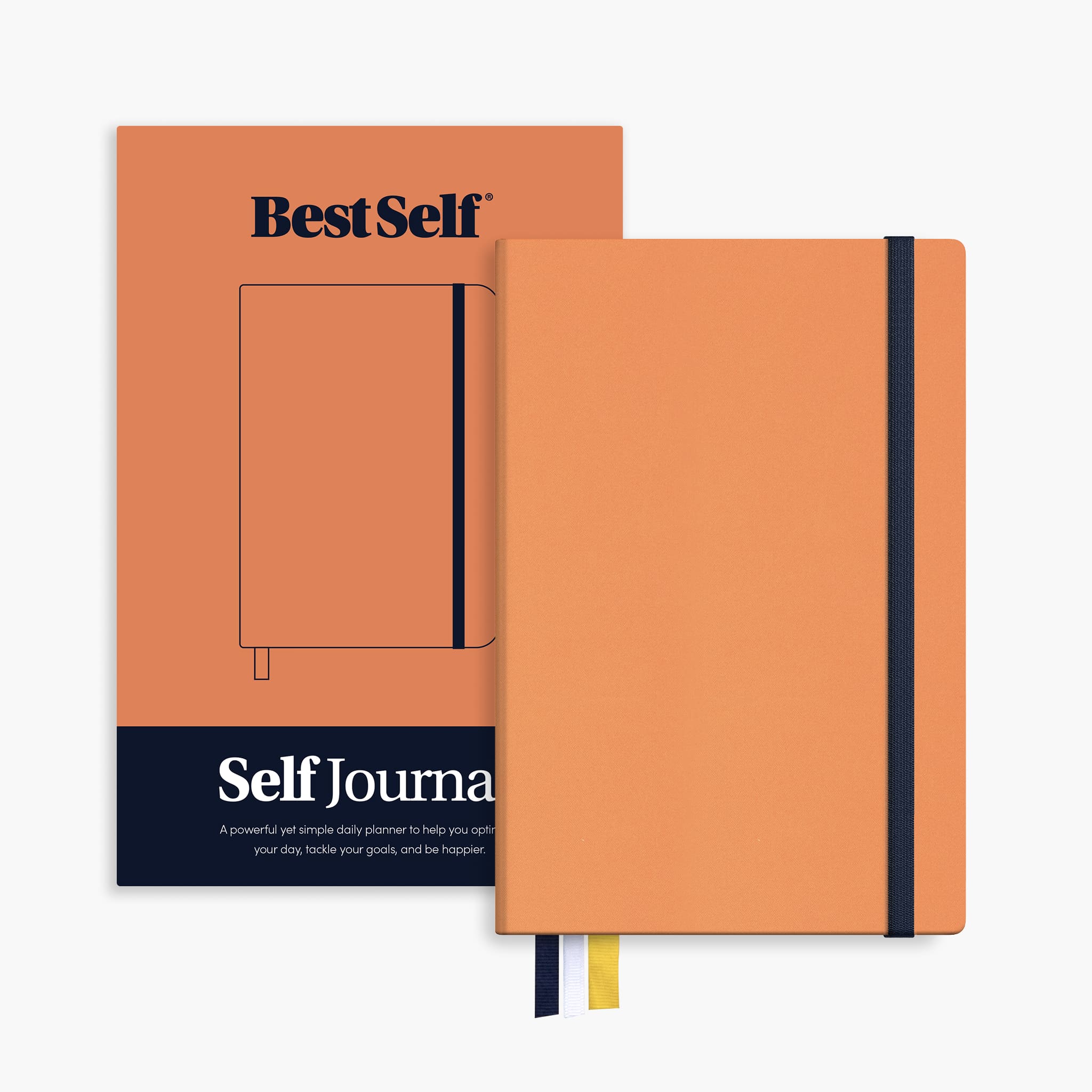If you want to get things done, you must set goals. Without goals, you’re just going to flounder without a reliable gauge of whether you’re making progress or not. Setting goals is the first step toward getting what you want out of your career and your life.
But as it turns out, just setting goals, any goals, isn’t enough. While having a goal tends to be better than not having one, you need to make sure you set goals in a way that will guarantee progress and eventual success. Yes, the way you set goals matters as much as the goals themselves. In other words, you need a goal-setting framework.
There are as many goal-setting frameworks as there are productivity gurus, but you can’t go wrong with a classic, time-tested goal-setting framework called SMART goals.
What Are SMART Goals?
SMART is an acronym that outlines how to set goals you can actually complete. The first known use of the acronym was by George T. Doran in the November 1981 issue of Management Review, as part of a paper called "There's a S.M.A.R.T. way to write management's goals and objectives".
While the SMART framework was originally developed for managers working to set goals for their department or organization, it’s just as useful for setting personal goals, as you’ll see in a moment.
SMART is an acronym that reminds you of the criteria your goals should meet in order to be calibrated for success. Each of the letters in SMART stands for a characteristic:
- Specific
- Measurable
- Achievable
- Relevant
- Time-bound
Let’s look at each of these in more detail.
Specific
Creating a specific goal requires you to state what it is you want to accomplish and what steps you will take to reach its completion. Now, how specific you get is up to you. While it is possible to be too specific, people tend to have more of a problem with not being specific enough.
For example, let’s say that you want to learn Spanish. This isn’t even a goal--it’s an intention or, at most, a vaguely-articulated desired result. It certainly isn’t specific. A more specific goal statement would be something like: “Learn how to describe the weather in Spanish”. This is specific enough to guide your studies and actually get you closer to being able to communicate in Spanish.
Measurable
A measurable goal helps you understand if you’ve achieved the goal or not. You may also hear people refer to this as “quantifying your goals”. The exact way you measure is up to you, but a good rule of thumb is that it should be something you can chart on a graph.
Measuring also brings up another common goal-setting issue: input-based vs output-based goals. In brief, an input-based goal deals with the actions you can directly control, whereas an output-based goal focuses on the result, or what you produce.
Both types of goals have their place. Input-based goals are ideal for when you just need to “put in the time” on something each day. For example, if you’re writing the first draft of a book, then you could set a goal to write each day from 9 am to 10 am. You’re not concerned with how many words you produce, confident that as long as you put in your time each day, you’ll eventually have a first draft.
Output-based goals, on the other hand, are useful when you either need to create a specific quantity or quota of something within a limited time, or when the quality of what you produce matters more than the time you put in. An output-based goal would be to write 500 words of your book each day, starting at 9 am (notice that this still includes a start time to ensure it’s specific enough). You don’t care how long it takes; you’re not stopping until you write 500 words.
What SMART input- and output-based goals both have in common as that you can still measure them. Whether it’s “minutes spent writing each day” or “words written each day”, you could still plot each on a graph.
Achievable
An achievable goal is one that you can realistically accomplish with your abilities and resources. Setting an achievable goal ensures that you won’t get frustrated and give up on your goal just because it was unrealistically difficult. For example, setting foot on Mars is an exciting goal, but it’s not achievable for most people (at least at the moment!). Even goals that other people have achieved may not be achievable for you due to prohibitive costs, extraordinary physical abilities, or rare connections required.
Of course, this is an aspect of SMART goals where you should exercise caution. It’s easy to look at a really difficult or ambitious goal and think “I could never do that” when, in fact, you could if you were willing to put in the time. Learning to code, cook, or speak another language are all achievable for the majority of people, even if they are “hard” goals. It’s very difficult to imagine yourself achieving something that will take a couple years of dedicated practice, but if you break the goal down into small, specific, and measurable enough parts, you can achieve things you would never imagine were possible.
Relevant
A relevant goal is one that aligns with your broader goals and ambitions. If you don’t set relevant goals, you may find that you’ve accomplished a lot...but that the accomplishments don’t mean anything to you. Usually, you’ll run into problems with this area when you set goals based on what other people say is worth doing, instead of what matters to you.
For instance, many people set a goal to develop six-pack abs. After all, that’s what it takes to be sexy, and all the movie stars are doing it. But just because that’s a desirable goal for other people, that doesn’t mean it’s relevant to you. If you really do want to get a six-pack, then go for it! But make sure that you’re doing it because it’s relevant to your broader personal and professional aspirations, rather than a distraction from them.
Time-bound
Setting time-bound goals helps you maintain motivation and puts a healthy amount of pressure on you to achieve your goal. A goal like “learn how to describe the weather in Spanish” is good; a goal like “learn how to describe the weather in Spanish by April 1st, 2018” is better. When you set a target date that imposes a time boundary on your goal, it helps you plan what you’ll do each day and week to accomplish it. Without a time limit, goals can turn into an endless demotivating slog where you’re not sure if you’re making progress or not.
But what if you want to achieve a really big goal, or you’re not sure how long a goal will take? This, again, is where you should break your goal down into smaller parts that you believe you can accomplish within the set time frame. There will be some trial and error involved.
For example, you might set a goal such as “Be able to do 25 pull-ups in a row” and plan to accomplish it within a month, believing this is perfectly within your capabilities. But halfway through the month, you’re still only able to do 10. If that’s the case, don’t worry. Just finish out your month and get as far as you can.
After that, you can write about what worked and what didn’t and adjust your goal for a more realistic timeline. Don’t view the experience as a failure because you didn’t get the original expected result; you still reached a higher number of pull-ups than you did when you started, and you’ve learned a valuable lesson about how to set better initial goals in the future.
Start Setting SMART Goals with Our Free Template
Now that you understand how to set SMART goals, we want to leave you with a goal-setting template that will help you set your first SMART goal today.
Click here to download the free SMART goals template.
To use the template, open the file using the link above, then go to File > Make a copy. Choose a name for the document, and click OK.
And for more help setting SMART goals, check out the full range of goal-setting products in our shop.





































